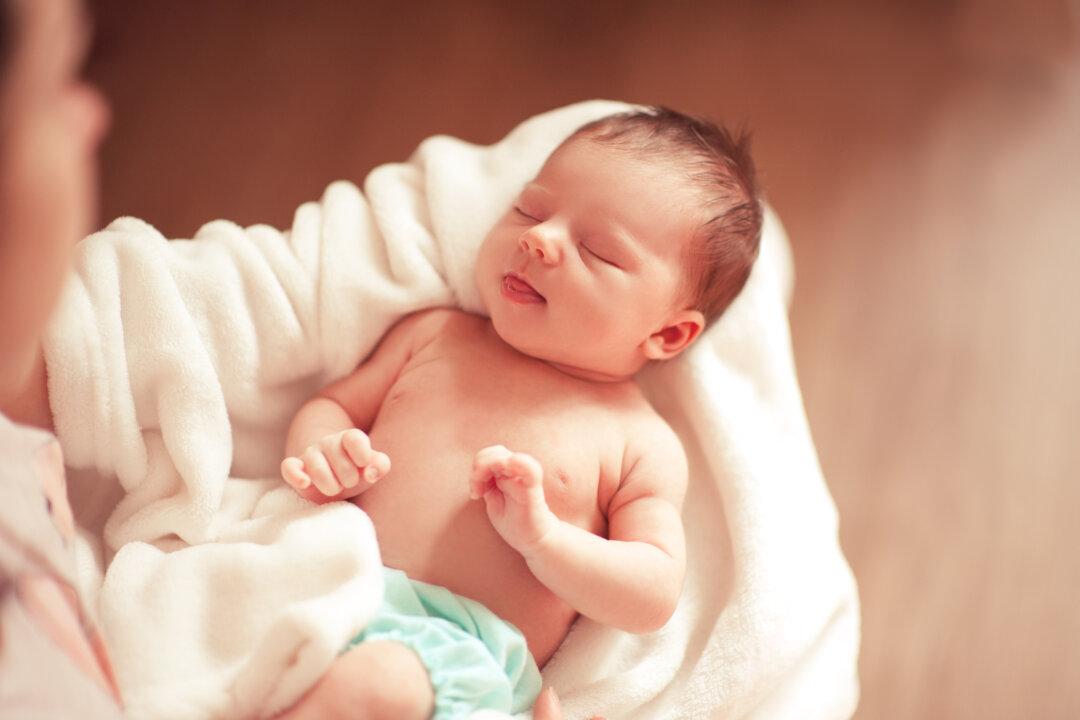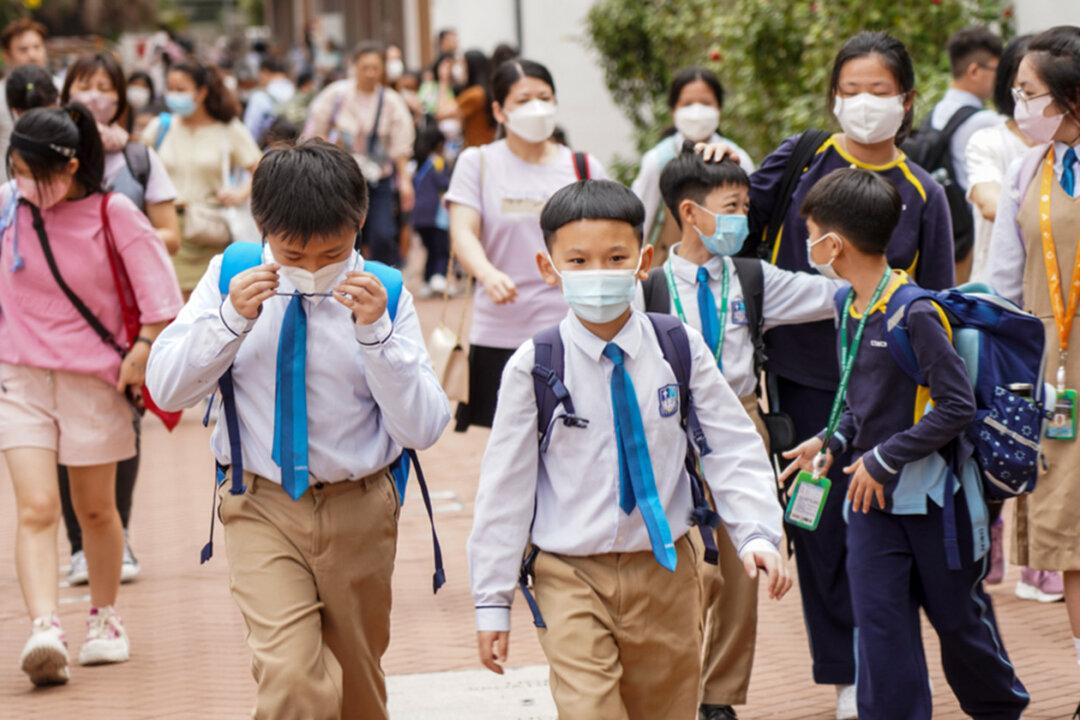In November 2022, the global population surpassed eight billion. On April 19, The United Nations Population Fund released its latest State of World Population Report 2023 (PDF). Hong Kong has the lowest fertility rate in the world, with just 0.8 children per woman. Trailing behind, South Korea and Singapore rank 2nd and 3rd lowest, respectively.
Scholars comment that the Chinese Communist Party (CCP)’s destruction of “one country, two systems” has exacerbated the already ultra-low local fertility rate. The long-term consequences could accelerate population aging, lead to a rapid rise in government welfare and medical expenses, and severely damage economic productivity and the potential for social development.




